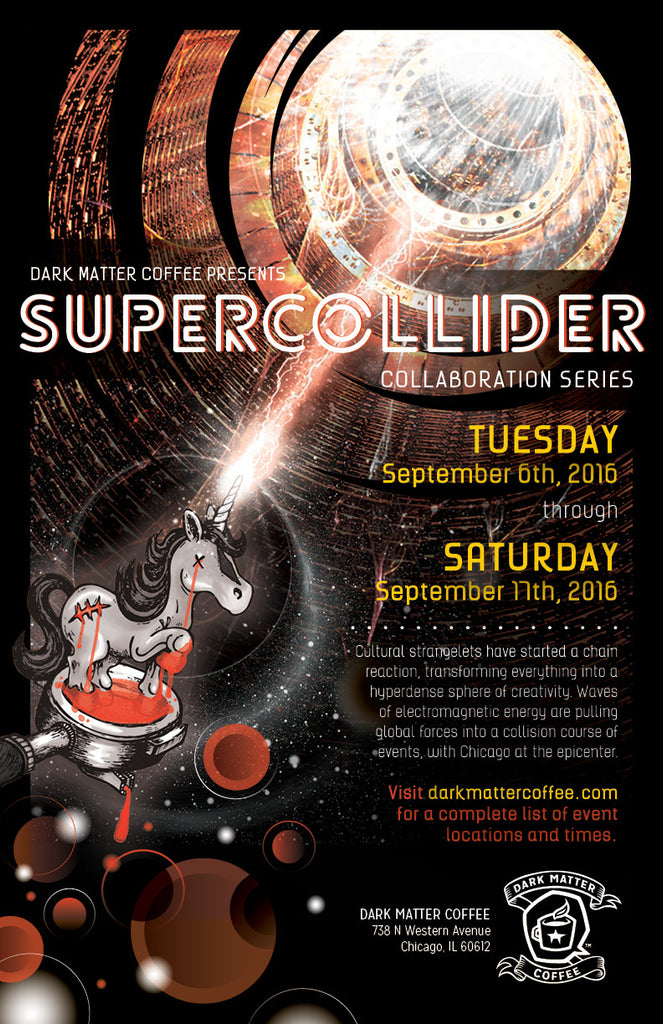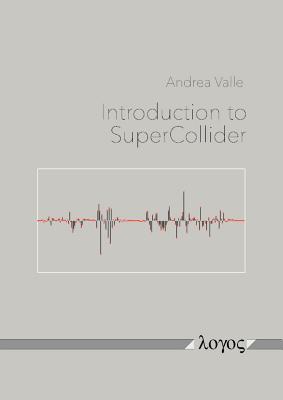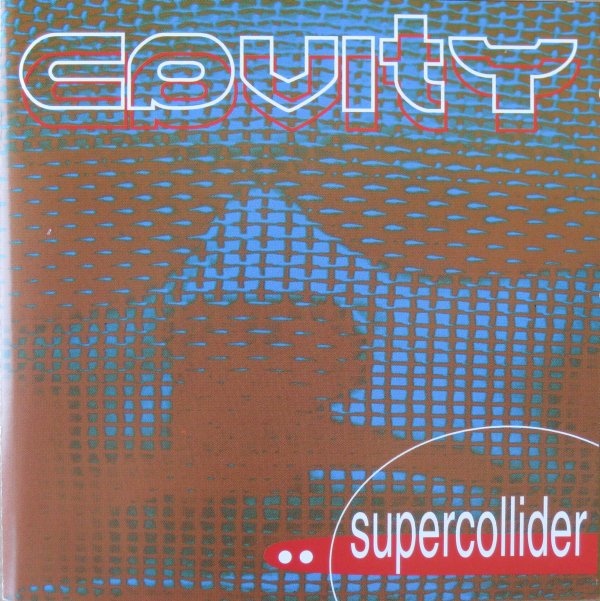


- The supercollider book pdf download mac osx#
- The supercollider book pdf download generator#
- The supercollider book pdf download software#
SuperCollider came about as the latest in a series of software synthesis languages that I have written over the years. All of these efforts have resulted in more features, better documentation, and a more complete, robust, and bugfree program. Many people have stepped up and volunteered to undertake tasks of documentation, porting to other operating systems, interfacing to hardware and software, writing new unit generators, extending the class library, maintaining a Web site, mailing lists, and a wiki, fixing bugs, and, finally, writing and editing the chapters of this book. Since I made SuperCollider open source, it has taken on a life of its own and become a community-sustained project as opposed to being a project sustained by a single author. Thus, I am pleased that there will now be a book on SuperCollider, and the best part of it for me is that I have not had to do much of the hard work to get it done. There were too many possible approaches and applications. Because of this openendedness, early on, I often felt it difficult to know how best to write the documentation. It has also been used as a vehicle for live coding and networked performances. With SuperCollider, one can create many things: very long or infinitely long pieces, infinite variations of structure or surface detail, algorithmic mass production of synthesis voices, sonification of empirical data or mathematical formulas, to name a few. You can build a library of classes and functions that become building blocks for your working style and in this way make a customized working environment. SuperCollider is very good at allowing one to create nice sounds with minimal effort, but more important, it allows one to represent musical concepts as objects, to transform them via functions or methods, to compose transformations into higherlevel building blocks, and to design interactions for manipulating music in real time, from the top-level structure of a piece down to the level of the waveform. It is a language for describing sound processes. SuperCollider, though, has the unique combination of being free, well supported, and designed for real time. These all demonstrate very interesting work in this area and are worth looking into. Why use a computer programming language for composing music? Specifically, why use SuperCollider? There are several very high-level language environments for audio besides SuperCollider, such as Common Music, Kyma, Nyquist, and Patchwork.
The supercollider book pdf download generator#
Baalman and Scott Wilson Machine Listening in SuperCollider 439 Nick Collins Microsound 463 Alberto de Campo Alternative Tunings with SuperCollider 505 Fabrice Mogini Non-Real-Time Synthesis and Object-Oriented Composition 537 Brian Willkie and Joshua ParmenterĪ Binaural Simulation of Varèse’s Poème Électronique 575 Stefan Kersten, Vincenzo Lombardo, Fabrizio Nunnari, and Andrea Valle High-Level Structures for Live Performance: dewdrop_lib and chucklib 589 James Harkins Interface Investigations 613 Thor Magnusson SuperCollider in Japan 629 Takeko Akamatsu Dialects, Constraints, and Systems within Systems 635 Julian Rohrhuber, Tom Hall, and Alberto de CampoĦ57 The SuperCollider Language Implementation Stefan Kersten Writing Unit Generator Plug-ins 691 Dan Stowell Inside scsynth 721 Ross BencinaĪppendix: Syntax of the SuperCollider Language Iannis Zannos Subject Index 745 Code Index 751

Sonification and Auditory Display in SuperCollider 381 Alberto de Campo, Julian Rohrhuber, Till Bovermann, and Christopher Frauenberger Spatialization with SuperCollider 409 Marije A.
The supercollider book pdf download mac osx#
Mac OSX GUI 273 Jan Trützschler von Falkenstein SwingOSC 305 Hanns Holger Rutz SuperCollider on Windows 339 Christopher Frauenberger “Collision with the Penguin”: SuperCollider on Linux Stefan Kersten and Marije A.

Baalman, and Till Bovermann 125 Programming in SuperCollider 127 Iannis Zannos Events and Patterns 179 Ron Kuivila Just-in-Time Programming 207 Julian Rohrhuber and Alberto de Campo Object Modeling 237 Alberto de Campo, Julian Rohrhuber, and Till Bovermann Foreword ix James McCartney Introduction xiii Scott Wilson, David Cottle, and Nick Collins Tutorialsīeginner’s Tutorial 3 David Cottle The Unit Generator 55 Joshua Parmenter Composition with SuperCollider 81 Scott Wilson and Julio d’Escriván Ins and Outs: SuperCollider and External Devices 105 Stefan Kersten, Marije A.


 0 kommentar(er)
0 kommentar(er)
